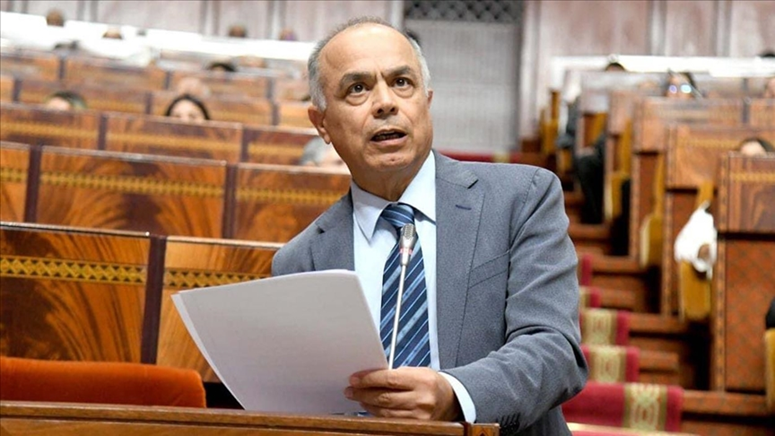IRCAM publication: The teaching-learning of Amazigh in primary school – Key questions

This mixture offered to Professor Fatima Agnaou by the Center for Educational Research and Educational Programs, includes seven studies on the analysis of the experience of teaching the Amazigh language.
In Arabic, Mr. Abdeslam Khalafi deals generally (التصريف البيداغوجي) according to four aspects: the management of linguistic diversity, knowledge and values, the pedagogical approach used and its characteristics, and the linguistic functions in relation to the purpose of school text templates. It also presents the difficulties of the latter by showing their sources, particularities and objectives. And he ends this chapter by looking at the approach of having "the learner at the heart of learning" and the question of what didactic process he (the learner) must apply so that his learning becomes a permanent research. .
Then, Mr. Ali Mourif highlights the presence of culture and values in the textbook of the Amazigh language. After reviewing the definition of the concepts cited, it focuses on the aspects framing the current context, and studies them in a historical, cultural, artistic, symbolic, literary and aesthetic dimension. And to conclude, he affirms that the textbook of the Amazigh language constitutes a challenge to reinforce the linguistic and cultural diversity, in order to base the national identity on the spirit of belonging to Morocco.

The following chapter presents a study by Mr. Kamal Akka on the planning and management of Amazigh language learning. Based on the educational kit put in place by the Ministry of National Education, the United Nations Children's Fund (UNICEF) and the Royal Institute of Amazigh Culture (IRCAM), it analyzes classroom practices while learning Amazigh. From where, it proposes solutions of management of space, time and notions of teaching. Akka also relies on taking into account the differences between learners to develop these practices.
Then, Mr. Benaissa Yechou comes to articulate his study around the training of educational executives to teach the Amazigh language. Thus, he asks the following questions: since its inclusion in the Moroccan school, what has been achieved for the Amazigh language at the level of basic and continuing education? and what is to be accomplished in the future? And since IRCAM gives importance to qualified human resources for teaching, it closes its study with a presentation of the general state of these with future prospects.

And lately in the Arabic part of this book, Mr. Abdellah Bouzendag devotes his chapter to paying tribute to IRCAM for its achievements in collaboration with the Ministry of National Education in order to highlight the vitality of the Amazigh language according to the criteria of UNESCO. This was proven in the field study in Agadir, concerning learners of the Amazigh language at school, which affirmed the positive relationship between the learning of Tamazight and its vitality, whether for the learner or for improving their communication skills.
Coming to the French language part, Ms. Bouchra Barkani analyzes the development of the Amazigh textbook and its requirements. With a demonstration by distinction of three levels (basic, intermediate and advanced), it studies the pedagogical and didactic approach followed in this development. And it takes into consideration the process of progressive standardization of the Amazigh language and explains it from the points of view of the teacher as well as the learner.
Finally, Mr. Mustapha Sghir emphasizes the management of lexical variation in Amazigh textbooks. It lists the reasons for these present morphologically, phonetically and lexically. And, it presents the various processes adopted by the designers in order to manage the problems that this variation can cause; without forgetting that field studies are needed to know how successful lexical management is in the Amazigh textbook.
Nouhaila Hanif (Stagiaire)
Source: websites

